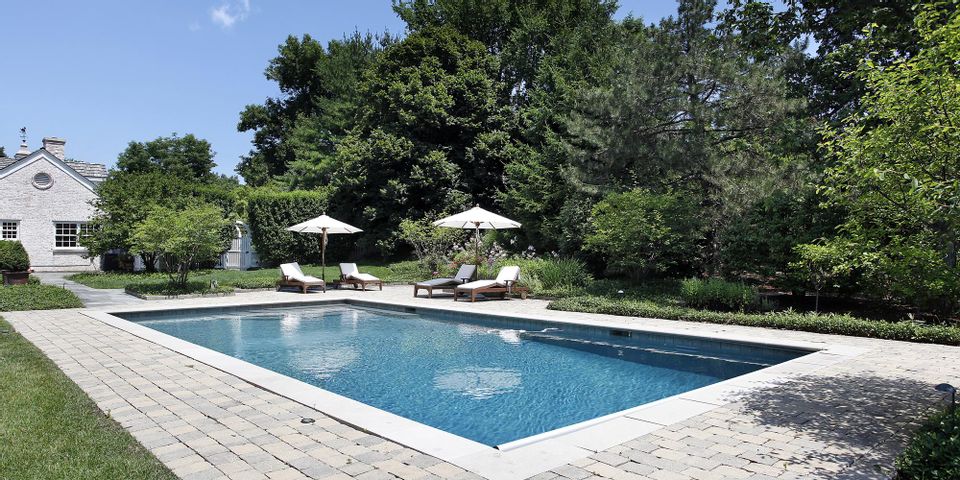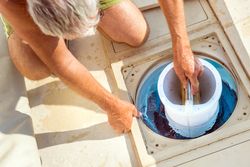5 Parts Every Pool Owner Should Understand

Spending time at your swimming pool during the summer months is an excellent way to connect with family and cool down. However, without a basic understanding of maintenance and the parts that keep the water clear, it can become a hassle. Filtering equipment is necessary for cycling the water to remove dirt and debris, as well as protect it from harmful bacteria and pathogens. Use this guide to learn more about the parts that make up the system.
A Guide to the Major Swimming Pool Parts
1. Drains & Return Valves
To start the filtering process, water is drawn into the main drains located on the bottom of the swimming pool or the skimmers found around the top. Heavier debris that sinks is cycled out of the pool through these bottom drains. Skimmers will draw in floating debris found on the surface level. After the water is pumped through the filtering system, it is then pushed back through the return inlet valves found around the side of the pool.
2. Pump
This part keeps the pool system running. Usually, it consists of an electric motor that spins an impeller to drive water from the drains through the filter and back out to the return valves.
3. Strainer Basket
 As the water is pulled from the drains, it passes through a metal strainer basket. This part catches leaves and other large debris so they can’t clog up the pump.
As the water is pulled from the drains, it passes through a metal strainer basket. This part catches leaves and other large debris so they can’t clog up the pump.
4. Filter
When the water leaves the pump, it is then cycled into the primary water filter. Here dirty water enters the inlet valve and is pulled down through sand or another material that catches any remaining dirt and debris. When the filtered water reaches the bottom of the tank, it flows through the outlet pipe. Every so often, the water filter must be backwashed—a process that pushes water into the sewer system instead of back into the pool—to remove accumulated debris and prevent the water pressure inside the tank from becoming too strong.
5. Chemical Feeder
Generally, after the water leaves the filter, it will pass through the chemical feeder. It’s treated with a carefully designed chemical balance—usually calcium hypochlorite or sodium hypochlorite and a stabilizing agent—that reacts with the water to form hypochlorous acid and kill any disease-carrying microorganisms that are present.
When you need a swimming pool maintenance team, contact Distinctive Swimming Pools. This family-owned company provides repair, maintenance, and renovation services to Litchfield County, CT, residents. They have over 30 years of experience and are committed to offering excellent customer service. Call them today at (860) 868-3622 to schedule an appointment, and visit their website to learn more about their services.
About the Business
(2 reviews)
Have a question? Ask the experts!
Send your question

